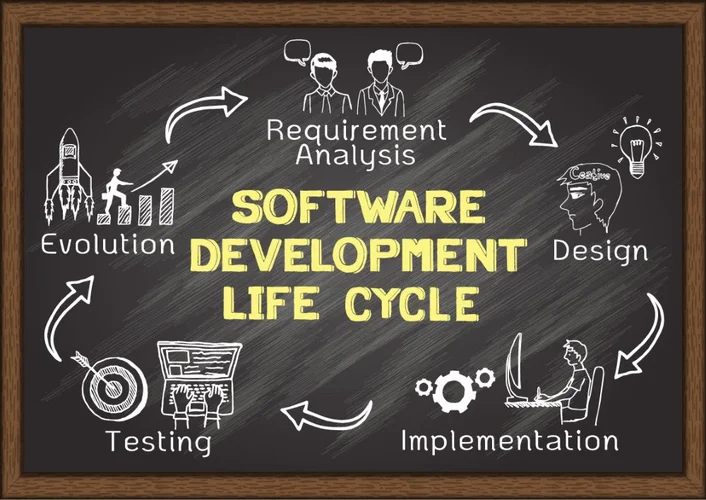This allows you to assign a risk owner and plan out an appropriate risk response. Get started with qualitative risk analysis with our free risk assessment template. Quantitative risk analysis counts the possible outcomes for the project and figures out the probability of still meeting project objectives. This helps with decision-making, especially when there is uncertainty during the project planning phase. It helps project managers create cost, schedule or scope targets that are realistic.

This method of risk management attempts to minimize the loss, rather than completely eliminate it. While accepting the risk, it stays focused on keeping the loss contained and preventing it from spreading. If an unforeseen event catches your organization unaware, the impact could be minor, such as a small impact on your overhead costs.
However, it’s important to remember that the risks you face will evolve. The environment changes, technology becomes smarter, and the workplace grows. Every project faces unique risks, and you must reevaluate these risks year after year. A five-by-five risk matrix is ideal so you can further analyze each risk. Once you chart your risks along your finished risk matrix template, this matrix creates a larger color spectrum to see the impact of each risk as high, medium, or low.
Patiently explain that schedule was built using the expertise of subject matter experts. Share the Dennis Lock quote at Why you should never arbitrarily reduce task durations.Escalate to Project Board with assessment of risk and impact of the change. Best to upload that RBS template into ProjectManager, cloud-based software that can help you plan, track and report on risk. Once you have broken down the risks, you’ll want to score them to determine which might have the greatest impact on the project. By prioritizing risk, you know which one deserves immediate attention, and which can wait or even be avoided. The risk identification method for finding risk can be brainstorming with your team, workshops and interviews to review historic data, doing strengths, weaknesses, opportunities and threats analysis and more.
Risk analysis is the process of identifying risk, understanding uncertainty, quantifying the uncertainty, running models, analyzing results, and devising a plan. Risk analysis may be qualitative or quantitative, and there are different types of risk analysis for various situations. Examples of qualitative risk tools include SWOT analysis, cause and effect diagrams, decision matrix, game theory, etc. A firm that wants to measure the impact of a security breach on its servers may use a qualitative risk technique to help prepare it for any lost income that may occur from a data breach.
Often, a company will undergo a needs assessment to better understand a need or gap that is already known. Alternatively, a needs assessment may be done if management is not aware of gaps or deficiencies. This analysis lets the company know where they need to spending more resources in.
In a worst-case scenario, though, it could be catastrophic and have serious ramifications, such as a significant financial burden or even the closure of your business. Unsystematic risk is a company or industry-specific hazard that is inherent in each investment. Operational risk is identified by assessing what could go wrong in the day-to-day aspects https://www.globalcloudteam.com/ of a company. Management often identifies operational risk by asking questions such as "what if a certain system broke down?" or "what if a certain supplier was unable to deliver goods on time?". Management can come up countless areas of operational risk; it is up to them to decide which aspects are most important to mitigate and which to accept.

Risk analysis provides different approaches that can be used to assess the risk and reward tradeoff of a potential investment opportunity. By implementing an automation tool, you can alleviate some of the burden that comes along with risk management. Sometimes, project managers create a risk breakdown structure during project initiation to see if the work is even viable. More often, you’ll address it during the planning phase when you assign roles and responsibilities to your team members.
Soft book resources as early as possible and then communicate final booking dates asap after the scheduling workshops. Identify back ups for each human resource on the project.Escalate to the Project Sponsor and bring in back up resource.Project Sponsor has agreed to hold briefing. Now making arrangements for a meeting room.Open5Consultant or contractor delaysMediumHighHighProject ManagerInclude late penalties in contracts.

SWOT analysis allows managers to understand the current situation of their business or project by looking at its strengths, weaknesses, opportunities and threats. Risk analysis also helps quantify risk, as management may not know the financial impact of something what is risk impact happening. In some cases, the information may help companies avoid unprofitable projects. In other cases, the information may help put plans in motion that reduce the likelihood of something happen that would have caused financial stress on a company.
These changes in price are often based on investor disposition towards a stock and a company, interest rates, or economic factors. Whereas market risk is primarily focused on investments and securities, operational risk is focused on mostly the internal operations of a company, its resources, and its people. This can be anything from natural disasters that impede the shipping process of a company to political changes that restrict how the company can operate. Some of these types of risk may be classified on their own (i.e. geopolitical risk).
For example delivery of just in time materials, for conference or launch date. Business Case becomes obsolete or is undermined by external or internal changes. Pressure to arbitrarily reduce task durations and or run tasks in parallel which would increase risk of errors.
The Cost of a Data Breach Report explores financial impacts and security measures that can help your organization avoid a data breach, or in the event of a breach, mitigate costs. Risk management is a nonstop process that adapts and changes over time. Repeating and continually monitoring the processes can help assure maximum coverage of known and unknown risks.